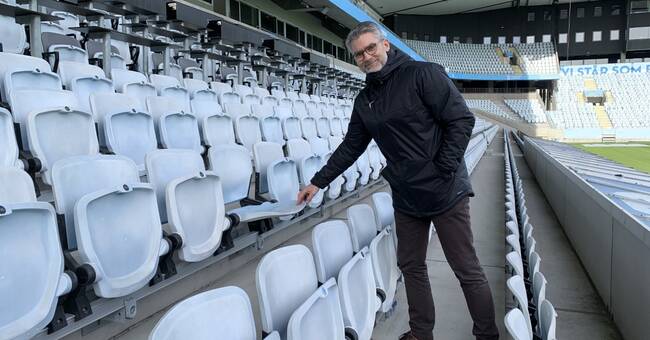The premiere of the Swedish football hall next weekend looks set to be played without an audience since the Public Health Agency (FHM) requested that the restrictions remain until 3 May.
-If you now judge that the spread of infection does not decrease at the rate you expected, you may well have an understanding of it, says Malmö FF's CEO Niclas Carlnén.
"Not unexpected"
The news was not unexpected for Kalmar's club manager Markus Rosenlund given the spread of infection in Sweden.
-We understand the decision.
But at the same time we feel that we could probably have taken in 1,500–2,000 people at Guldfågeln in a safe way.
But as I said, it is not unexpected, says Markus Rosenlund.
However, Niclas Carlnén thinks that it is strange that football as an outdoor sport has stricter restrictions than activities that are conducted indoors.
Especially when FHM says that the risk of infection spreading is greater indoors than outdoors, he says.
-We remain at the views we have had before.
We can have 8 people in the arena room where we have a capacity for 21,000 spectators, but we can be around 500 indoors in our restaurant.
The logic lags significantly.
Especially when it is outdoor activities that we are talking about, says Carlnén.
Does not affect queuing
Swedish elite football (Sef) has developed a model for letting the audience in in a safe way.
In the event of a high spread of infection in society, for example, 15 percent of an arena's audience capacity can be admitted, but with a maximum ceiling of 3,000 spectators.
With moderate to low spread of infection, more and more spectators can be allowed.
-We believe that we can even handle 5,500 spectators at Eleda Stadium, but with 3,000 we have a margin to have a distance of two meters between each individual.
And it would not affect either queuing (in the arena) or (congestion in) public transport in relation to other activities where the Public Health Agency has already decided that the spread of infection is not a risk, says Niclas Carlnén.

